Description
Familiarity with treatment
Tumescent liposuction is a popular and minimally invasive technique for removing excess fat from the body. It involves injecting a solution composed of saline (saltwater), lidocaine (a local anesthetic), and epinephrine (a blood vessel constrictor) into the targeted fat deposits. This solution helps to numb the area, shrink blood vessels to minimize bleeding, and make the fat easier to remove.
The procedure typically begins with the administration of local anesthesia to the targeted area, which helps to minimize discomfort during the surgery. Once the area is numb, small incisions are made in the skin, and the tumescent solution is injected into the fatty tissue.
The next step involves the insertion of a thin tube called a cannula through the incisions. The cannula is used to break up and suction out the emulsified fat deposits. The surgeon moves the cannula back and forth to dislodge the fat cells, which are then suctioned out of the body through a vacuum device attached to the cannula.
Tumescent liposuction is known for its precision and ability to sculpt the body in targeted areas. It is commonly used on areas such as the abdomen, hips, thighs, buttocks, arms, and chin. The tumescent technique results in less blood loss, reduced bruising and swelling, and typically allows for a faster recovery compared to traditional liposuction methods.
After the procedure, patients may be required to wear compression garments to support the treated areas and help minimize swelling. Recovery time varies depending on the extent of the liposuction and the individual’s healing process.
Who is it suitable for?
Tumescent liposuction is generally considered suitable for individuals who are at or near their ideal body weight but have stubborn areas of localized fat that are resistant to diet and exercise. It is important to note that liposuction is not a weight loss solution, but rather a body contouring procedure to sculpt and reshape specific areas of the body.
Candidates for tumescent liposuction should be in good overall health and have realistic expectations about the outcomes of the procedure. This technique can be used to treat various areas of the body where excess fat accumulates, including:
1. Abdomen
2. Hips and thighs
3. Buttocks
4. Flanks (love handles)
5. Arms
6. Back
7. Chin and neck
Tumescent liposuction is suitable for both men and women who are bothered by localized pockets of fat that do not respond to diet and exercise. It is important for candidates to have good skin elasticity to ensure optimal results, as liposuction removes fat but does not tighten loose or sagging skin.
It is recommended that candidates for tumescent liposuction be non-smokers, as smoking can increase the risk of complications during and after the procedure. Additionally, patients should be committed to maintaining a healthy lifestyle after liposuction to prevent future weight gain and maintain their results.
Who is it not suitable for?
Tumescent liposuction may not be suitable for individuals who fall into certain categories. Here are some factors to consider:
Obesity and Significant Weight Loss: Tumescent liposuction is not intended as a treatment for obesity or a method for significant weight loss. Candidates for any form of liposuction, including tumescent liposuction, are generally recommended to be within 30 percent of their ideal body weight. It’s important to note that liposuction is not a weight-loss procedure, and it should not be used as such.
Medical Conditions and Skin Elasticity: Individuals with certain serious underlying medical conditions or those with poor skin elasticity may not be ideal candidates for tumescent liposuction. Good skin elasticity and muscle tone are factors that can contribute to better results from the procedure.
Cellulite Treatment: Tumescent liposuction is not a treatment for cellulite. It is important to manage expectations regarding the outcomes of the procedure, as it is primarily focused on removing localized fat deposits that are resistant to conventional methods of diet and exercise.
Smoking: Ideally, candidates for tumescent liposuction should be nonsmokers, as smoking can impair the healing process post-surgery.
Advantages
Tumescent liposuction offers several advantages over traditional liposuction techniques. Here are some of the benefits:
Safety: Tumescent liposuction is considered one of the safest options for cosmetic fat removal. The use of local anesthesia instead of general anesthesia reduces the risks associated with anesthesia. This can lead to a smoother recovery process and minimize the potential for complications.
Reduced Bleeding: The tumescent solution used in this technique causes the blood vessels in the treatment area to shrink. As a result, patients experience less bleeding during the procedure compared to other forms of fat removal. This can contribute to a safer and more controlled surgical process.
Faster Recovery: Tumescent liposuction is associated with a shorter recovery time compared to traditional liposuction. The reduced trauma and bleeding during the procedure can lead to a quicker healing process. Most patients can resume their normal activities within a few days, although it’s important to follow the post-operative instructions provided by the surgeon.
Improved Contouring: The tumescent technique allows the surgeon to have better control and precision during the fat removal process. The solution swells the fat cells, making them easier to break down and suction out. This can result in more accurate contouring and a smoother outcome.
Local Anesthesia: Tumescent liposuction only requires local anesthesia to numb the treatment area, eliminating the need for general anesthesia. This reduces the risks associated with general anesthesia and can lead to a more comfortable experience for the patient.
Complications
Tumescent liposuction is generally considered a safe procedure with a low risk of complications. However, it’s important to be aware of potential risks and complications associated with any surgical procedure. Here are some considerations:
Infection: Although rare, there is a risk of infection following tumescent liposuction. It’s important to follow post-operative care instructions provided by your surgeon to minimize the risk of infection.
Bleeding and Hematoma: While the use of the tumescent solution helps minimize bleeding during the procedure, there is still a small risk of bleeding and hematoma formation (collection of blood under the skin). Your surgeon will take precautions to minimize these risks.
Contour Irregularities: In some cases, contour irregularities or unevenness may occur after tumescent liposuction. This can happen if the fat is not evenly removed or if there is uneven healing. Massaging the treated area during the recovery period can help improve the contour.
Fluid Imbalance: Although the tumescent solution helps minimize fluid shifts, there is still a possibility of fluid imbalance. This can lead to swelling, fluid accumulation, or changes in blood pressure. Following post-operative instructions, including wearing compression garments, can help manage fluid balance.
Skin Sensation Changes: Temporary changes in skin sensation, such as numbness or tingling, may occur after tumescent liposuction. These changes usually resolve over time, but it’s important to discuss any concerns with your surgeon.
Allergic Reactions: While rare, allergic reactions to the medications used in the tumescent solution can occur. It’s important to inform your surgeon about any known allergies or sensitivities before the procedure.
Skin Irregularities: In some cases, the skin may appear uneven or have a rippled texture after tumescent liposuction. This can be more common in individuals with poor skin elasticity. Your surgeon can discuss the likelihood of this occurring based on your individual circumstances.
preoperative care
Preoperative care refers to the physical and psychosocial care provided to prepare a patient for surgery safely. It involves a series of steps and assessments to ensure the patient is in the best possible condition for the surgical procedure. Here are some key aspects of preoperative care:
Medical History and Physical Examination: A thorough medical history and physical examination are conducted to assess the patient’s overall health and identify any preexisting conditions or risk factors that may impact the surgery. This includes evaluating the patient’s medications, allergies, previous surgeries, and current health status.
Preoperative Testing: Depending on the patient’s medical history and the type of surgery planned, various preoperative tests may be ordered. These can include blood tests, imaging studies, electrocardiogram (ECG), and other specialized tests to evaluate the patient’s organ function and overall health.
Patient Education: Patient education is a crucial component of preoperative care. The patient is provided with information about the surgical procedure, including its purpose, potential risks and benefits, expected outcomes, and postoperative care instructions. This helps the patient understand what to expect and actively participate in their own care.
Preparation for Anesthesia: If general anesthesia is planned, the patient may need to fast for a certain period before the surgery to minimize the risk of aspiration. The anesthesiologist will evaluate the patient’s fitness for anesthesia and discuss the anesthesia plan, including potential risks and side effects.
Medication Management: The patient’s medications are reviewed, and adjustments may be made based on the surgical procedure and anesthesia requirements. This includes guidance on which medications to continue taking, which ones to temporarily stop, and any additional medications needed for the perioperative period.
Preoperative Instructions: The patient is given specific instructions regarding fasting, hygiene, medication administration, and any other preparations required before the surgery. This may include restrictions on eating or drinking, showering with a special antiseptic soap, and avoiding certain medications or supplements.
Emotional Support: Preoperative care also involves addressing the patient’s emotional well-being and providing support to alleviate anxiety or fears associated with the surgery. This can be done through effective communication, reassurance, and involving the patient’s support system.
Postoperative care
Postoperative care refers to the care and monitoring provided to a patient after a surgical procedure. It aims to ensure a smooth recovery, manage pain, prevent complications, and promote healing. Here are some key aspects of postoperative care:
Recovery Area: After surgery, the patient is typically moved to a designated recovery area, such as a post-anesthesia care unit (PACU) or a dedicated surgical recovery room. Here, healthcare professionals monitor the patient’s vital signs, assess their level of consciousness, and manage any immediate postoperative concerns.
Pain Management: Effective pain management is essential for the patient’s comfort and recovery. This can include the administration of pain medications as prescribed by the surgeon or anesthesiologist. It may involve a combination of oral medications, intravenous analgesics, patient-controlled analgesia (PCA), or regional anesthesia techniques.
Monitoring and Observation: Postoperative care involves close monitoring of the patient’s vital signs, including blood pressure, heart rate, respiratory rate, and oxygen saturation. Healthcare professionals assess the patient’s level of consciousness, pain levels, and any signs of complications, such as bleeding, infection, or respiratory distress.
Wound Care: Proper wound care is crucial to prevent infection and promote healing. This may involve changing dressings, cleaning the incision site, and applying topical medications or ointments as instructed by the surgeon. It’s important to follow the specific wound care instructions provided by the healthcare team.
Mobility and Ambulation: Depending on the type of surgery and the patient’s condition, early mobilization and ambulation may be encouraged to prevent complications such as blood clots and promote circulation. Healthcare professionals provide guidance and assistance to gradually increase activity levels while ensuring patient safety.
Fluids and Nutrition: Adequate hydration and nutrition are important for postoperative recovery. Intravenous fluids may be administered initially, and the patient may gradually transition to a clear liquid diet and then to regular food as tolerated. It’s important to follow any dietary restrictions or guidelines provided by the healthcare team.
Education and Discharge Planning: Patient education plays a vital role in postoperative care. The patient and their caregivers are provided with instructions on managing pain, caring for the incision site, taking prescribed medications, and recognizing signs of complications. Discharge planning, including follow-up appointments and any necessary home care, is also discussed.
Emotional Support: Postoperative care includes addressing the patient’s emotional well-being and providing support during the recovery process. Healthcare professionals offer reassurance, answer questions, and provide guidance to help manage any emotional or psychological concerns.
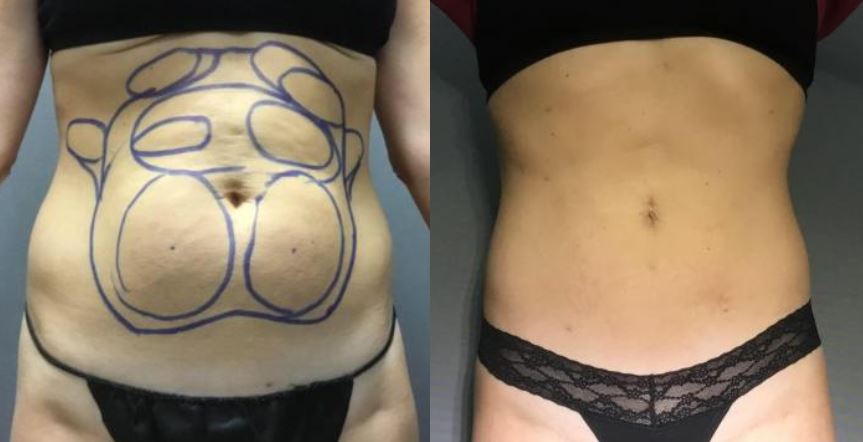
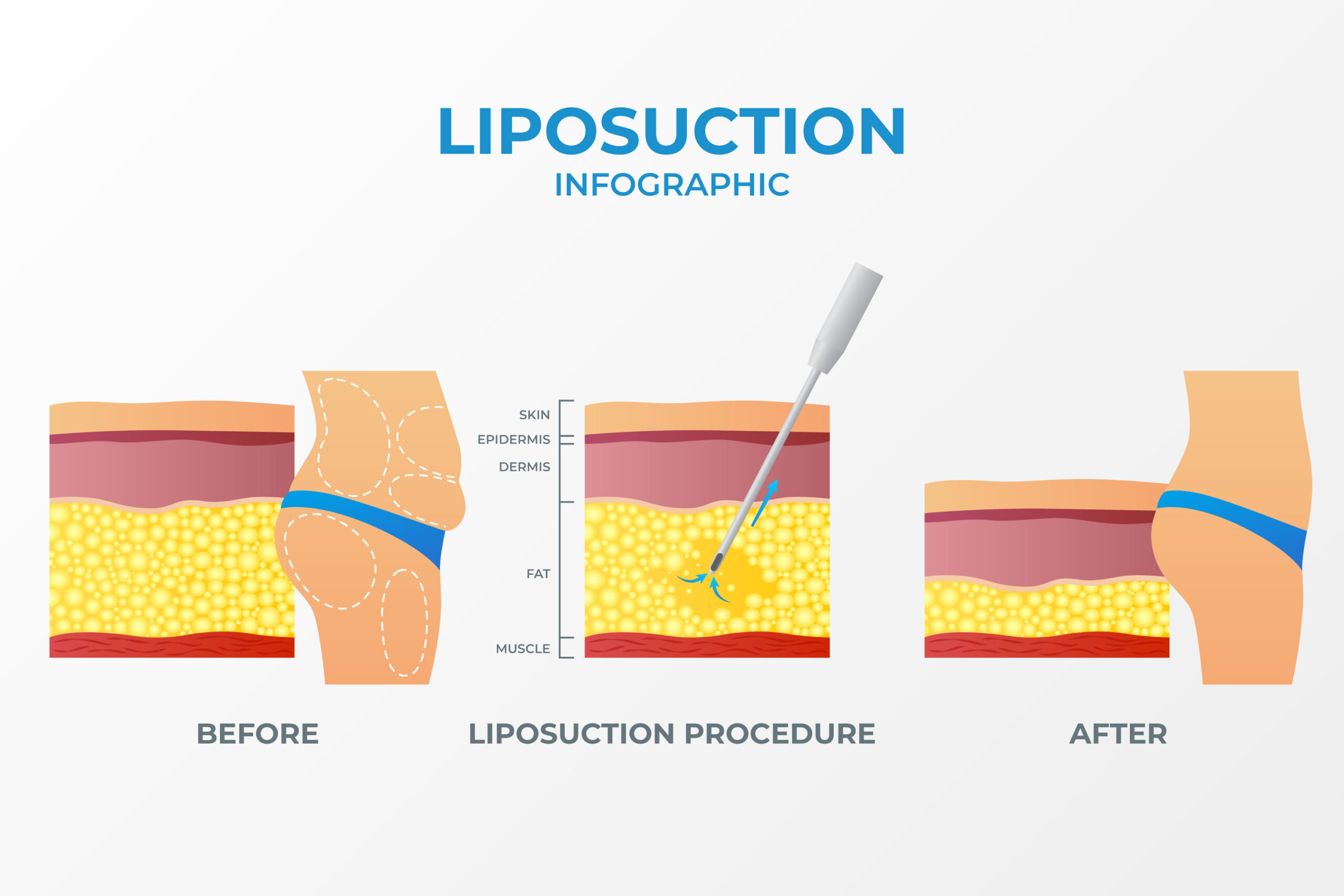
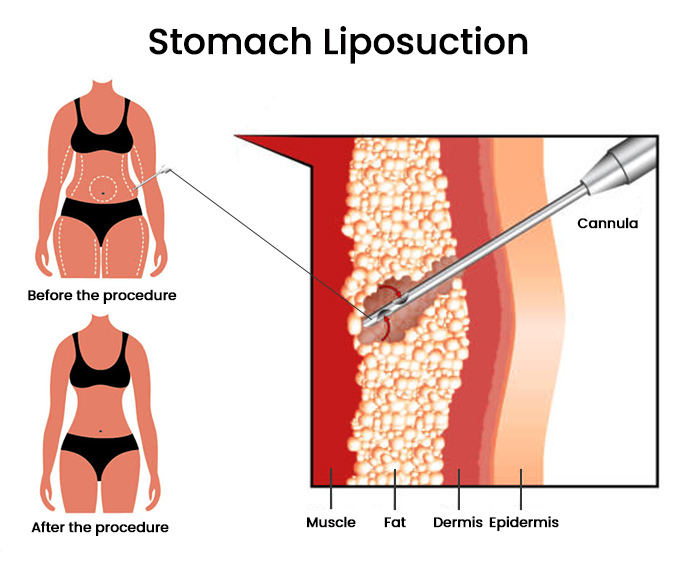
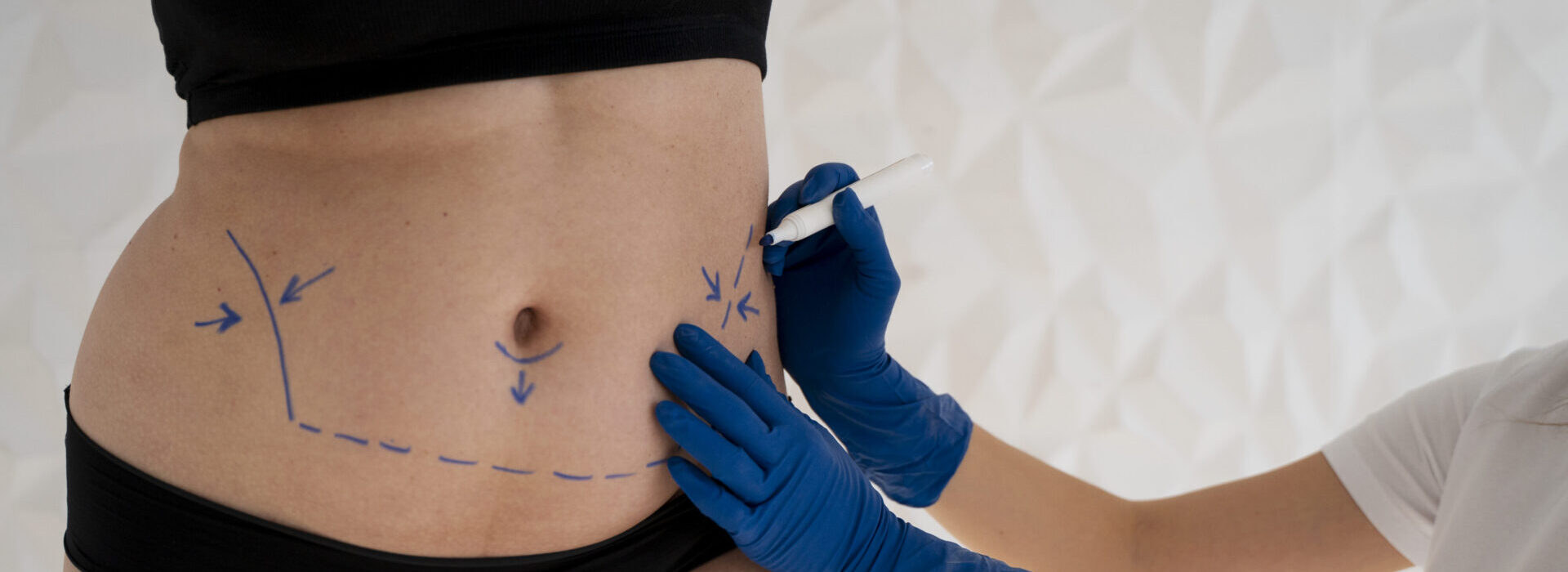
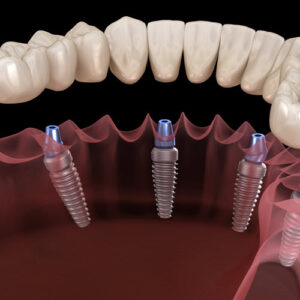
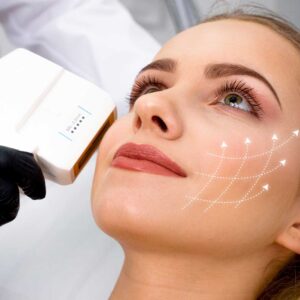
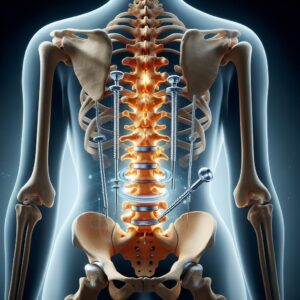

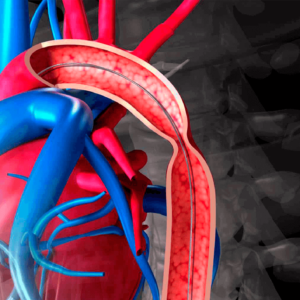
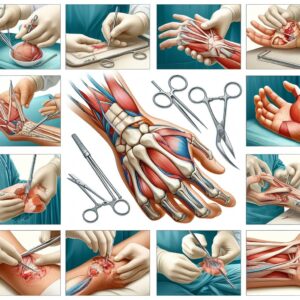
Reviews
There are no reviews yet.